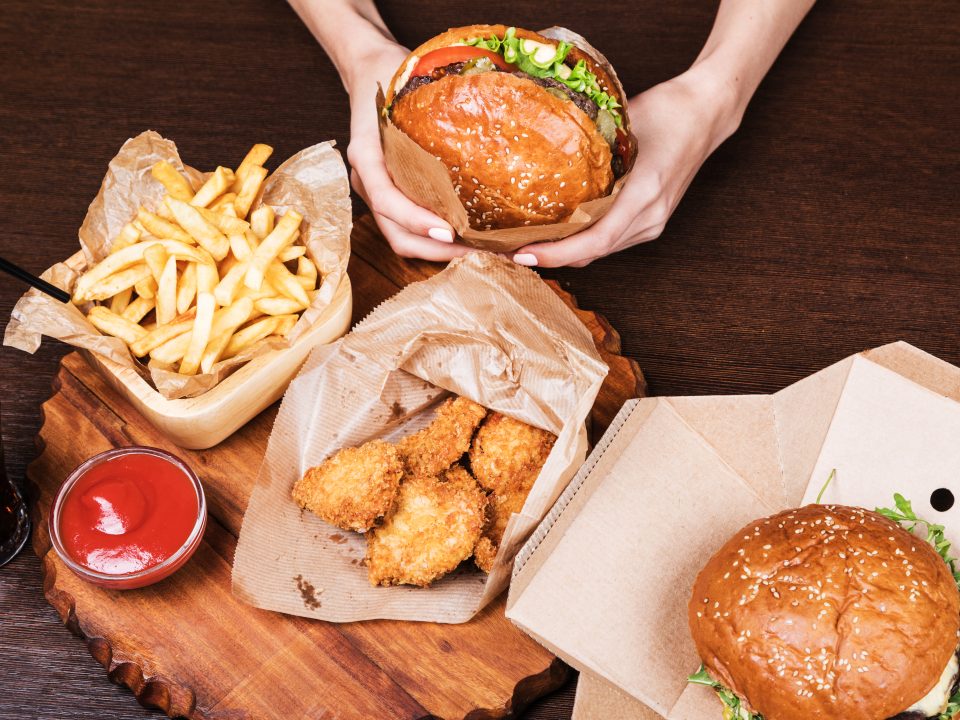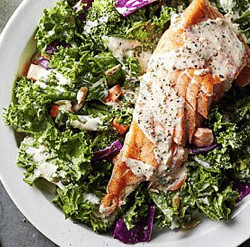The grandma diet
March 8, 2016Warmer weather exercises
March 10, 2016
If you are used to eating larger meals, or find that when you have a treat you go overboard a little (or a lot), one of the trickiest things when starting a weight loss plan is getting used to portions that are actually the right size, but which may be a lot smaller than what you are used to. Here are our top tips on how to not only be satisfied with a smaller plate, but also really enjoy meals or treats. 1: Bulk up with non-starchy vegetables. If you are used to really large protein or carbohydrate serves, cutting these back to the right size will be less noticeable if you add in more vegetables, which due to their fibre and water content help you feel full after a meal and also stop you getting hungry so soon after a meal. Just make sure you aren’t choosing starchy vegetables (ones that have a higher carbohydrate content) such as potato, sweet potato, corn, peas, pumpkin, parsnip, or lentils. These instead should be included as part of your carbohydrate portion. A good rule of thumb is that a quarter of your dinner plate should be protein: meat/chicken/fish/eggs/lentils, a quarter should be carbohydrate: rice, pasta, noodles, starchy veges, bread, crackers, cereals, and half your plate should be non-starchy vegetables or salad. Great choices are stir fries, casseroles or stews, or pasta dishes. 2: Drink water before meals Drinking 2 glasses of water 5-30 minutes before a meal can really help with weight loss. You aren’t going to be overeating because you are misinterpreting your body’s signals for thirst as hunger, plus water in your stomach will help you feel fuller so you eat less at meals. 3: Choose smaller plates If you have a giant plate, and then fill up half of it, your brain will recognize that this is a smaller portion than usual, will feel deprived, and will make you want more (read about how deprivation makes us self sabotage here). The trick? Choose a smaller bowl or plate and fill it right up, so that we don’t consciously see ourselves as missing out. 4: Be in the moment Make your mealtimes free of distractions like the TV or smart phones, sit down at a table rather than eating on the run, and actually pay attention to your meal. Savour every bite, slow down, put your fork down between bites, really enjoy all the flavours of what you are eating. Instead of wolfing down a meal, draw it out as long as you can. Your brain will register feelings of fullness after about 20 minutes, so if your meal is gone in 5 and you’re back in the pantry looking for more, you are very likely to overeat. 5: Don’t eat treats when you are hungry If you love cheesecake, chocolate, ice cream, whatever it is- wait until you’ve eaten a healthy meal (and taken your time eating it, 20 minutes remember?) and then have your treat- you will be much happier sticking to a smaller portion if you already have a fully belly than if you are ravenously hungry and your blood sugars are low. Another alternative is to only have small portion so you can’t go back for more, like taking a square or two of chocolate to work with you, or only bringing home a single serve of ice cream. The trick is finding the right balance where you still get to enjoy the taste of your favourite treats, but don’t give into the temptation to binge. |




